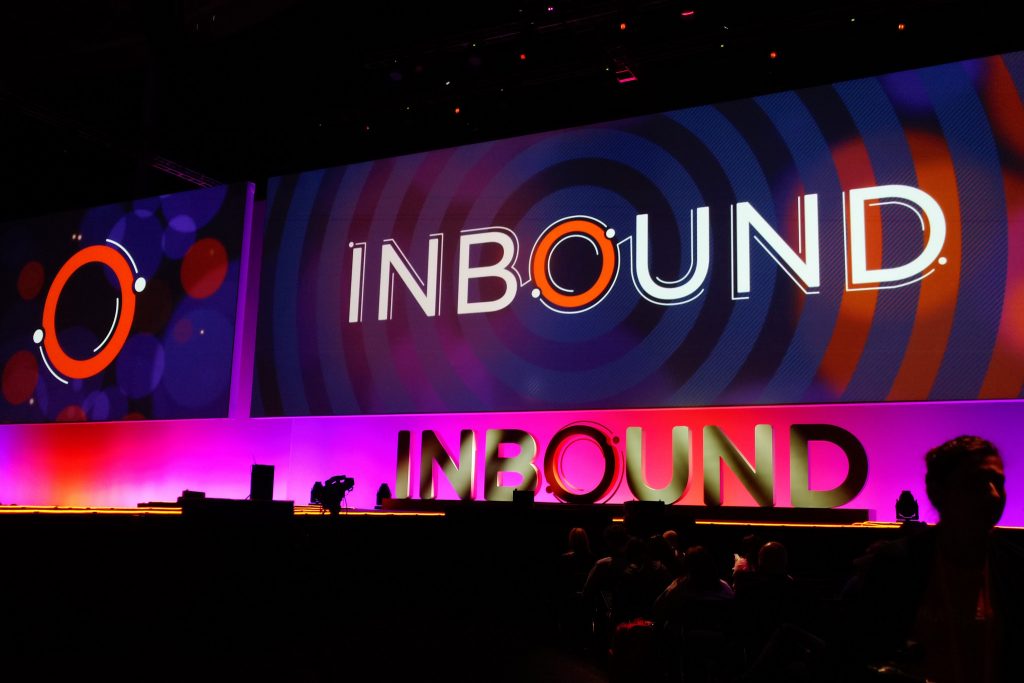Earlier this year, I attended INBOUND – one of the best and biggest marketing conferences around. I attended last year’s too and as always, I took full advantage of the advice and tips that INBOUND provided.
One of the key sessions I went to at INBOUND this year, was ‘Content is the key to the email Inbox’. An interesting session that covered what is really needed to build trust, generate leads and cultivate a customer’s loyalty.
Rules for Inbox Placement and Determining Optimal Cadence
The session was held by Liz Ryan of Mojo Media Labs, who has over 20 years marketing experience and specializes in email marketing and marketing automation. She believes there are 3 rules for inbox placement including: permission, cadence and content. In this session Liz also explained how to determine optimal cadence.
To determine optimal cadence, agencies should use preference centers to explicitly ask how often subscribers want to receive your email content and monitor campaign reporting by looking for thresholds when unsubscribes increase and/or click through rates fall. It is also imperative to segment your audience into groups based of behavior engagement and email them more often than the less engaged segments; consider your content – remember, emails need to create value for subscribers.
Monitoring campaign reporting and knowing to segment your audience is great, but it’s good to know things like when the best day is to send an email or how often you should send them. Within the session, Liz mentioned ‘Seventh Sense’, a provider of email analytics who have partnered with both Marketo and Hubspot. The partnership will empower users to optimize the performance of their email outreach which personalizes delivery times and segments their lists based on user engagement level.
Seventh Sense is a fantastic new platform to use as it builds profiles on every person to identify their engagement times – the time of the day, day of the week and the level of brand fatigue. Regardless of how many emails you are sending out, with Seventh Sense, every email will be automatically sent at the optimal time for each individual.
How to make content relevant
The next part of the session was about how to make content relevant and compelling. Liz provided the following tips and advice:
- Define value proposition – this tells prospects why they should do business with you rather than your competitors.
- Buyer Persona – Buyer personas disclose insights about your buyer’s decisions – attitudes and criteria that drive prospective customers to choose you.
- Create content for lifecycle stages – Have original content in order to boost SEO rankings, gain leads and have content for your website and blogs.
- Tailor content based on targeting – Content needs to speak to a specifier person with a specific need .
Creating a content strategy
A content marketing strategy helps prepare and plan for reliable sources of website traffic and leads. A good starting point for this plan is to set out a mission statement to make it easier to focus on what is important and what’s not. The strategy should reflect your goals and buyer personas.
Second thing is to segment your data by engagement levels and to have an ‘opt-out’ unengaged segment. Segmenting audiences is crucial as customers are more empowered than ever, making purchase decisions at a faster pace than ever before.
Finally, you should identify issues at specific domains and segment that data for sending in smaller amounts or to those who are super engaged.
Why not take a look at our other posts on INBOUND?
HubSpot’s State of Inbound Report 2018
The Top 15 Things We Learnt at INBOUND 2017.
INBOUND 2017 Taught Me: The Importance of Look-alike Campaigns
INBOUND 2017 Taught Me: Topic Clusters

